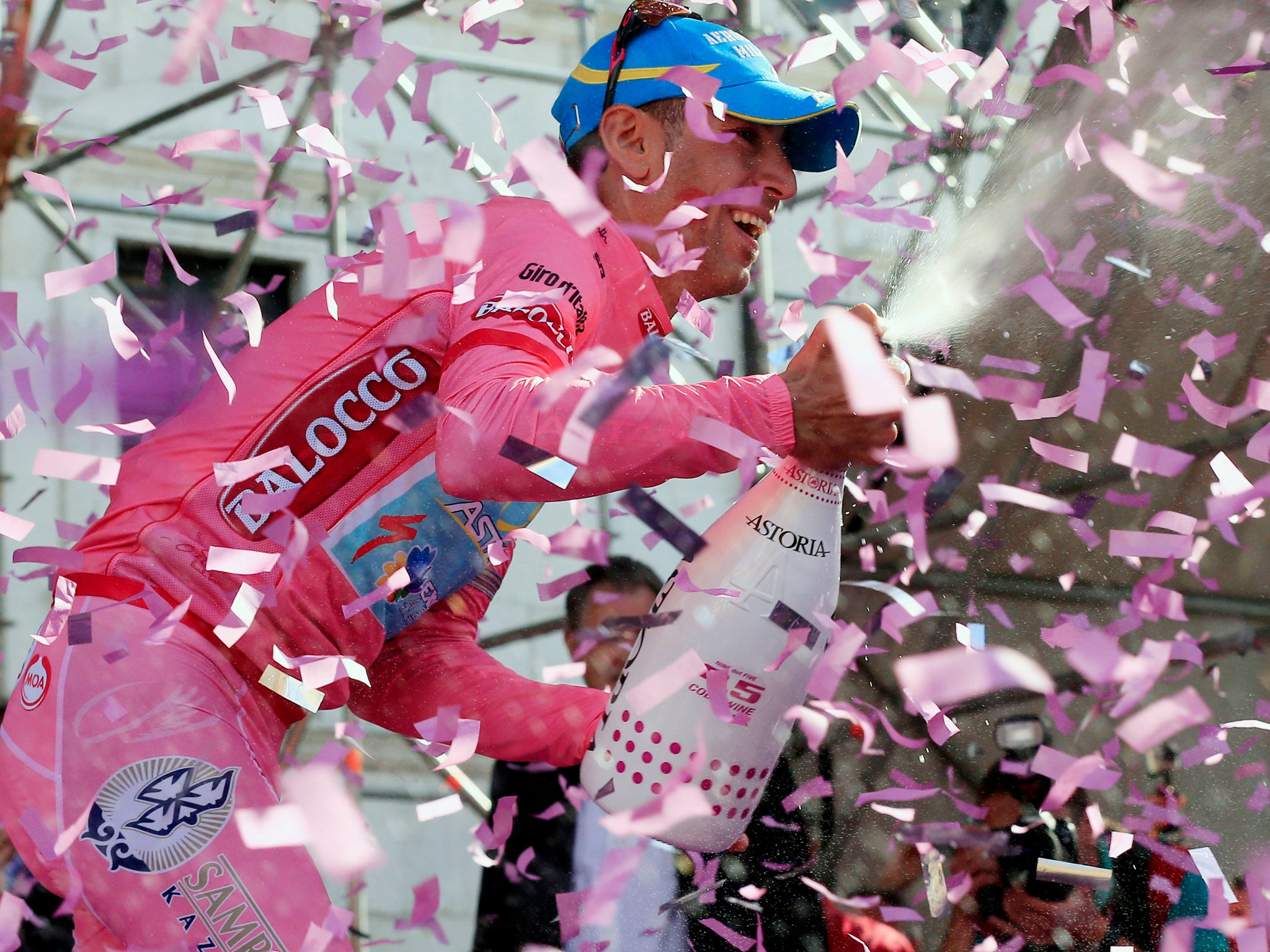Giro d'Italia 2017: Five things you didn't know about the grand tour race on its 100th edition
One of the world's most prestigious races kicks off again in Sardinia

The Giro d’Italia is due to start for the 100th time as hundreds of cyclists race through the Italian countryside.
Riders will set off from Alghero in the north-west corner of Sardinia on Friday before spending the next three weeks in the saddle.
Google has chosen to celebrate the race's century of starts with a Doodle.
Here are five things you probably didn’t know about the race:
1. Although there have been 100 races, it is more than 100 years old
The competition started in 1908 when Italian sports journalist Tullo Morgagni convinced newspaper proprietor Emilio Costamagna that they needed to stage an Italian tour to match the Tour de France which had started few years earlier.
The first race, starting in Milan, was announced for May 1909 and covered eight stages over 1,500 miles with 127 riders setting off.
But the race was soon put on hold between 1915 and 1918 following the outbreak of the First World War which saw Italian troops involved in bloody fighting in the Dolomites.
War put a stop to the race again from 1940 from 1945 but it has been held annually ever since.
2. It is one of the three “Grand Tour” races
Along with the Tour de France and the Vuelta in Spain, the Giro is one of the three “Grand Tours” which professional road cyclists regard as the most prestigious races in the world.
These races are now made up of 21 different stages over three weeks with rest days in between.
Cyclists like Chris Froome and Sir Bradley Wiggins regularly compete as winning all three races is a coveted prize.
The 2016 winner, Italian Vincenzo Nibali, is one of only six riders who have ever successfully won three Grand Tours during the course of their career.

3. Riders compete for the pink jersey
While Le Tour has the famous maillot jeune, in the Giro riders want the maglia rosa instead.
The overall leader is awarded the jersey at the end of each stage.
Secondary classifications, such as the rider who gets the best time riding over the mountains or wins the specific time trial events along the route, give riders the opportunity to win other colours such as mauve or green.
4. Young riders have their own prize
Unlike many of the other races, younger riders who have perhaps not reached the pinnacle of their career can also win a special jersey during the tour.
The maglia bianca (white jersey) is awarded to the first-placed rider under 25.
The classification was first introduced in 1976 before being discontinued in 1994 and reintroduced in 2007.
In that time, the young rider has only ever won the overall classification in the same year twice: most recently Colombian Nairo Quintana claimed both prizes in 2014.
5. The Giro doesn't always start in Italy
Although the Giro typically ends in Milan, other Italian cities and towns now tend to stage proceedings when the starting gun goes off, sometimes to mark important events or when a lucrative sponsor comes calling.
The race has started in Rome on two different occasions – once in 1911 to commemorate the 50th anniversary of Italian unification and again in 2009 to celebrate the race's 100th birthday.
In total it has started outside Italy 12 times, most recently in Belfast in 2014 and in Apeldoorn in the Netherlands in 2016.
Join our commenting forum
Join thought-provoking conversations, follow other Independent readers and see their replies
Comments